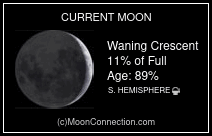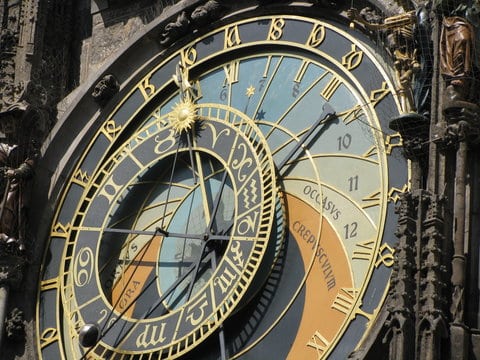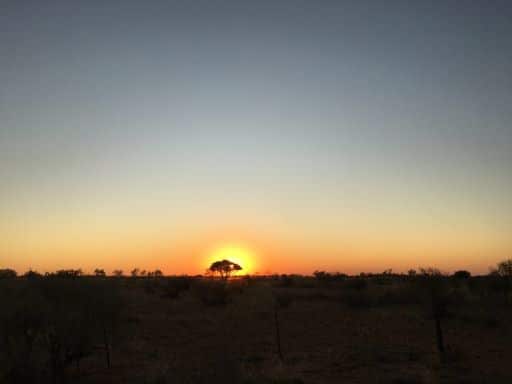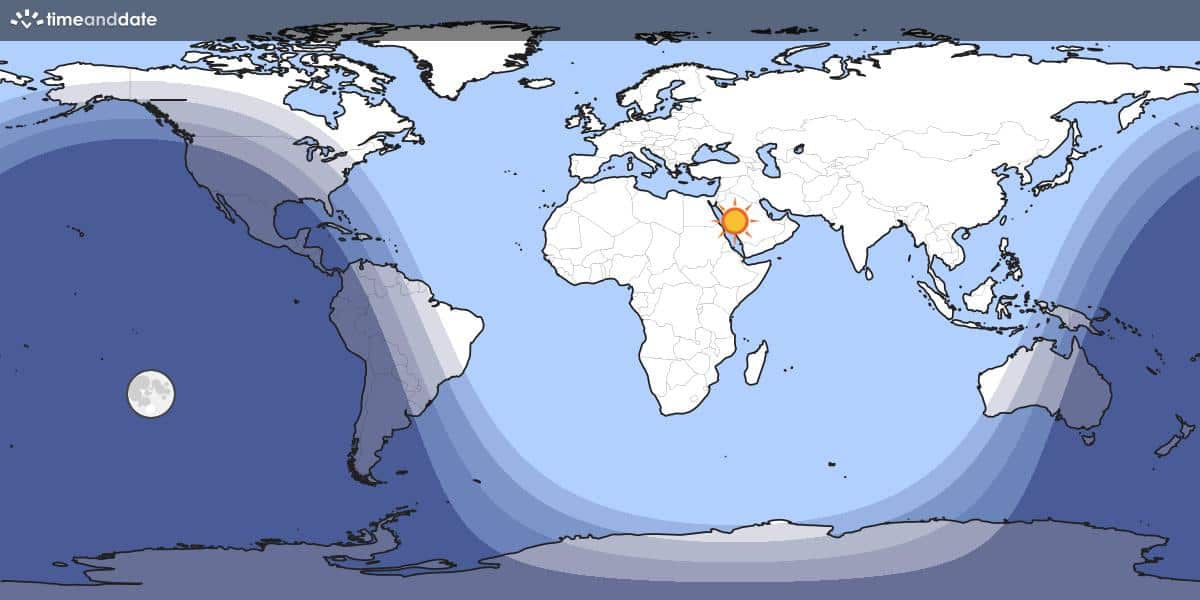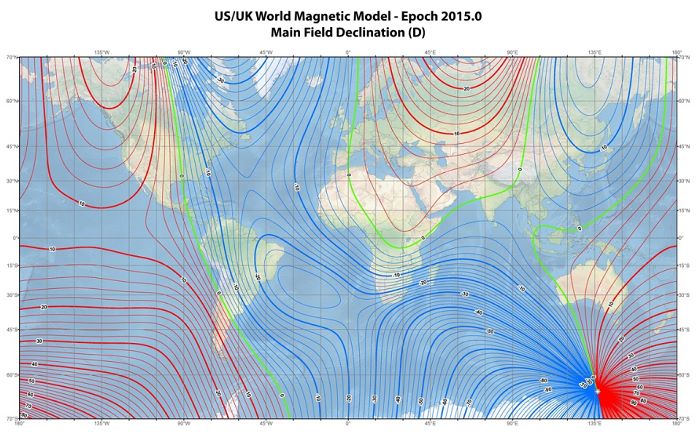Northwest – Chart 2
Steve Gottlieb’s Observations
NGC 1706 = ESO 085-007 = AM 0452-630 = LGG 125-001 = PGC 16220
04 52 31.0 -62 59 08; Dor
V = 12.6; Size 1.4’x1.0′; Surf Br = 12.8; PA = 124°
14″ (4/7/16 – Coonabarabran, 178x): fairly faint, fairly small, slightly elongated NW-SE, 40″x35″, weak concentration, slightly brighter core. Mag 11 stars lie 5′ SSW and 7′ S. A mag 11.8 star is 3.6′ NE. A companion attached to the northern spiral arm was not seen. NGC 1706 shines through the northern halo of the LMC. ESO 085-014 is situated 19′ NE.
Notes: John Herschel discovered NGC 1706 = h2682 on 25 Dec 1837 and called it “F; R; very gradually little brighter middle; 40″.” His position is accurate.
NGC 1703 = ESO 119-019 = AM 0452-594= LGG 119-005 = PGC 16234
04 52 52.6 -59 44 36; Dor
V = 11.3; Size 3.0’x2.6′; Surf Br = 13.4
13.1″ (2/19/04 – Costa Rica): fairly faint, moderately large, oval 3:2 ~N-S, 1.5’x1.0′. The appearance is unusual with a mag 10 star (a close double) superimposed SE of the core and the galaxy extends to the northwest of this bright star. The outer halo is diffuse and fades into the background (face-on spiral). Located 34′ E of NGC 1688. Member of the NGC 1672 group (LGG 119)
Notes: John Herschel discovered NGC 1703 = h2678 on 4 Dec 1834 and recorded F, L, R, very little brighter middle, 90″; very dilute at borders. A star 9th mag S.f. almost involved.” His position is accurate.
ESO 085-014 = LGG 119-006 = PGC 16299/16309
04 54 44.5 -62 47 59; Dor
V = 12.9; Size 2.8’x1.1′; PA = 75°
14″ (4/7/16 – Coonabarabran, 178x): fairly faint, elongated 3:1 WSW-ENE, 0.9’x0.3′, low surface brightness. Situated just 2.7′ W of mag 8.0 HD 31875 and the bright star hinders the observation. A mag 12/13 pair at 7″ is 1.6′ SE. ESO 085-014 is an outlying member of the NGC 1672 group (LGG 119).
Notes: Robert Innes discovered ESO 085-014 on plates taken with the 10-inch Franklin-Adams camera before 1924 at the Union Observatory in Johannesburg, South Africa. It was included in his 1924 “Catalogue of Clusters and Nebulae Near the Large Magellanic Cloud”. Willem van den Bos observed it visually with the 26.5-inch refractor of the Union Observatory in Johannesburg. He described it as a “very elongated nebula 80° to 260°; perhaps some faint stars involved.”
NGC 1765 = ESO 119-024 = PGC 16444
04 58 24.3 -62 01 41; Dor
V = 12.9; Size 1.2’x1.0′; Surf Br = 13.0; PA = 150°
14″ (4/7/16 – Coonabarabran, 178x): fairly faint or moderately bright, fairly small, round, 30″ diameter, small bright core, moderate surface brightness. A mag 11.5 star is 3.9′ SSE and a mag 12 star is 7.8′ NE. Located in the northern halo of the LMC.
Notes: John Herschel discovered NGC 1765 = h2712 on 26 Dec 1834. His description reads “vF; S; R; gradually little brighter middle; 15″.” His position, measured on two sweeps, is accurate. In 1926, Willem van den Bos called it a “Nebula with bright centre, elongated Nf and Sp. 11 mag.” (26.5″ refractor, Union Observatory).
NGC 1771 = ESO 085-027 = PGC 16472
04 58 55.7 -63 17 54; Dor
V = 13.4; Size 1.9’x0.5′; Surf Br = 13.2; PA = 136°
14″ (4/7/16 – Coonabarabran, 178x): faint, fairly small, very elongated 4:1 NW-SE, 1.2’x0.3′, low surface brightness, occasional faint stellar nucleus. Two mag 12 stars are 1.7′ SW and 3′ SW. Located 6′ SE of mag 8.2 HD 32363 and 4′ SE of a mag 10.7 star (the two stars are nearly collinear with the major axis of the galaxy). Located in the northern halo of the LMC.
Notes: John Herschel discovered NGC 1771 = h2720 on 25 Dec 1837. He recorded “vF, mE, gradually little brighter middle, 25″ long, in field with many B and 1 vB * 7′ m np the neb.” His CGH position is accurate, but he made an error precessing the coordinates to 1860 for the GC, where the position is 10′ too far south. This was copied by Dreyer into the NGC.
Viewing through the 26″ refractor at the Union Observatory, Robert Innes described it in 1926 as “Exactly like the last (ESO 85-14), slightly brighter; elongated 130°-310°; about 2′; stars seem to be involved.” Eric Lindsay noted in “Some NGC objects in the Large Magellanic Cloud” (IAJ, 6, 286-289), “A galaxy at the same RA but 9′ south, which seems to be this object.”
NGC 1796 = ESO 119-030 = PGC 16617
05 02 43.0 -61 08 22; Dor
V = 12.3; Size 1.9’x1.0′; Surf Br = 12.8; PA = 102°
14″ (4/7/16 – Coonabarabran, 178x): moderately bright and large, very elongated 3:1 WNW-ESE, 1.3’x0.45′, broad concentration, brighter core. A mag 10/11.5 pair at 9″ lies 10′ SSE.
Notes: John Herschel discovered NGC 1796 = h2735 on 26 Dec 1834 and called it “F, pmE, gradually brighter in the middle, 7″ long, 25″ broad.” His position (2 observations) and description matches.
NGC 1824 = ESO 119-036 = AM 0506-594 = PGC 16761
05 06 56 -59 43 30; Dor
V = 12.6; Size 3.2’x0.9′; Surf Br = 13.5; PA = 160°
14″ (4/7/16 – Coonabarabran, 145x and 230x): fairly faint to moderately bright, nice edge-on 5:1 NNW-SSE, ~2.3’x0.5′. Weak, broad concentration to a slightly brighter core. Located 9′ NNE of mag 7.3 HD 33475.
Notes: John Herschel discovered NGC 1824 = h2755 on 26 Dec 1834 and recorded “vF, vmE, 2′ long, 20″ broad, pos = 162 degrees.”
NGC 1868 = ESO 085-56 = S-L 330
05 14 35.9 -63 57 15; Dor
V = 11.4; Size 3′
30″ (10/15/15 – OzSky): at 394x; bright, moderately large, round, fairly thin halo, 1.0′ diameter, mottled and high surface brightness but not resolved. A mag 12 star lies 2.5′ NE. Resides in an fairly sparse field 57′ SE of mag 5.2 WZ Doradus.
Notes: John Herschel discovered NGC 1868 = h2796 on 30 Nov 1834 and reported “pF; pL; R; very gradually little brighter middle; 80″.” On a second sweep he recorded “pB; R; gradually brighter in the middle; 30″.” In 1926, Robert Innes observed the cluster with the 26.5-inch refractor of the Union Observatory in Johannesburg. He reported it as “Resolvable. 1′ diameter, bM, = 9th mag.”
NGC 1900 = ESO 085-068 = S-L 376
05 19 09 -63 01 24; Dor
V = 13.6; Size 1.7′
30″ (10/15/15 – OzSky): at 394x; fairly bright, moderately large, irregularly round, ~45″ diameter, mottled with brighter spots but no definite resolution. A mag 14.5 star is 1′ WSW and a few mag 15-15.5 stars are within 1′ E. Located 3.7′ SE of mag 7.2 HD 35199.
Notes: John Herschel discovered NGC 1900 = h2819 on 30 Nov 1834 and recorded “eF; pL; lE; very gradually very little brighter middle”. In a second sweep, it appeared “pB; irreg R; gradually brighter in the middle; 25″. Among many stars, one = 7m, np.” His position and description (the mag 7 star is 3.7′ NW) is accurate.
NGC 1942 = ESO 085-081 = S-L 445
05 24 45 -63 56 30; Dor
V = 13.5; Size 1.1′
18″ (4/6/16 – Coonabarabran, 236x): this LMC cluster appeared fairly faint, fairly small, round, 25″-30″ diameter, fairly low even surface brightness. A mag 13.7 star is at the north edge. A mag 10.8 star is 4.5′ SE and a mag 10.2 star is 8′ ESE. The galaxy NGC 1947 is 17′ NE.
Notes: John Herschel discovered NGC 1942 = h2849 on 30 Nov 1834 and described “a star 14th mag, with an eF nebula about it.” His second observation was recorded as “very faint. (Cloudy) (N.B. The PD has been probably spoiled by the clouds)”. But Herschel’s second observation through the clouds has the correct polar distance and his first was off by ~3′.
Robert Innes and Willem van den Bos observed the cluster in 1926 with the 26.5-inch refractor at the Union Observatory. They reported it as “A star, 13 mag, with the nebulosity touching it due south about 40″ diameter. Probably star is accidental.”
NGC 1947 = ESO 085-087 = AM 0526-634 = PGC 17296
05 26 47.5 -63 45 37; Dor
V = 10.6; Size 3.0’x2.6′; Surf Br = 12.7; PA = 119°
18″ (4/6/16 – Coonabarabran, 236x): fairly bright and large, slightly elongated, ~2.5’x2.0′, well concentrated with a bright core that gradually increased to the center. A mag 9.7 star (HD 36355) lies 4.2′ NNW. The LMC cluster NGC 1942 lies 17′ SW and S-L 509 is 21′ NE.
S-L 509 appeared fairly faint, fairly large, irregular glow, ~1.2′ diameter, mottled. A mag 14.5 star is resolved at the SW edge of the glow and a mag 15.5 star is at the north edge.
24″ (4/4/08 – Magellan Observatory, Australia): very bright, large, round, contains a large, very bright core surrounded by a fainter halo with a total diameter of ~3′. Within the brighter 2′ core is a sharply concentrated brighter nucleus. This is an impressive S0 or E-galaxy at 200x due to the high surface brightness core and several brightness levels. Situated in the northern outskirts of the LMC with S-L 509, a faint LMC cluster, 21′ NE. On images, a dust lane bisects the minor axis of this elliptical, though this feature wasn’t noticed.
Notes: James Dunlop discovered NGC 1947 = h2855 on 5 Nov 1826 with his 9″ reflector, although due to an oversight he failed to include it in his 1828 catalogue (NGC 6300 and Tr 9 are two more cases). His handwritten notes read, “a faint round nebula 25″ or 30″ diameter, pretty well defined, south following a small star.” His position is 7′ too far SW and 4′ NNW is mag 9.7 HD 36355, consistent with his description.
John Herschel independently discovered this galaxy on 30 Nov 1834 (sweep 515) and described it as “pB, L, R, gradually little brighter middle; 2.5′ diameter, a star 9th mag N.p.”. There is nothing at his position but exactly 1° north is ESO 85-87, an unusual elliptical with a minor-axis dust lane, with the mag 9.7 star mentioned above matching his description.
Due to Herschel’s erroneous position, Joseph Turner was unable to find it when he searched for it on 12 Dec 1878 with the 48-inch Melbourne Telescope. Interestingly, Pietro Baracchi was unsuccessful in finding NGC 1947 on two attempts with the Melbourne telescope, but reported finding a new nebula nearby (perhaps S-L 556) on 3 Jan 1886 that was confirmed the next night (no sketch to confirm). Robert Innes and Willem van den Bos observed it visually in 1926 with the 26-inch refractor at the Union Observatory and assumed the galaxy was a globular cluster and compared it to 47 Tucanae! Innes wrote, “very condensed globular, bM, 2′ diam, a miniature of [47 Tuc].”
Eric Lindsay, in “Some NGC objects in the Large Magellanic Cloud” (1964IrAJ….6..286L), notes “The Decl. [recorded by Herschel] seems to be in error and the object is the well-known galaxy 1° N.” In a paper on LMC clusters, Kontizas et al misidentifies KMH90-878 as NGC 1947 because of the error in declination, though there doesn’t appear to be a cluster on the DSS at the Kontizas position.



